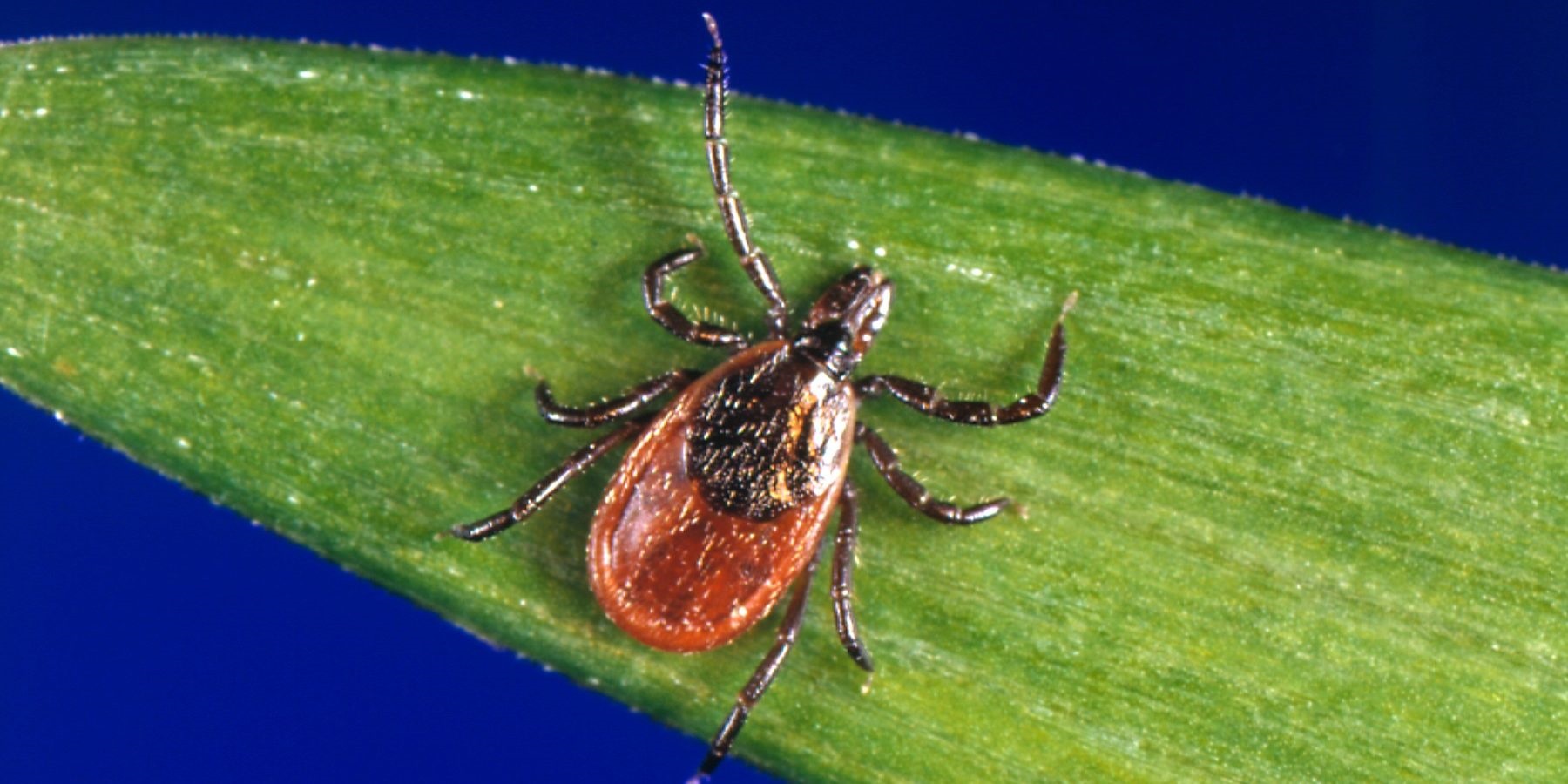Federal health officials are calling for a bigger effort to fight tick-borne diseases.
In a report earlier this month, an advisory committee for the U.S. Department of Health and Human Services called for improved diagnosis, lab testing and treatment, as well as more funding in fighting Lyme disease and other tick-related diseases.
And the Centers for Disease Control and Prevention this month said that state and local health departments reported a record number of cases of tick-borne disease in 2017. Cases of Lyme disease, anaplasmosis/ehrlichiosis, spotted fever rickettsiosis (including Rocky Mountain spotted fever), babesiosis, tularemia, and Powassan virus disease all increased — from 48,610 cases in 2016 to 59,349 cases in 2017. Rocky Mountain spotted fever, despite its name, is relatively common here in the South and in much of the nation.
These 2017 data capture only a fraction of the number of people with tick-borne illnesses, the CDC said.
Lyme disease alone is estimated to affect more than 300,000 Americans each year, with the number of cases having doubled since 2004. However, only about one-tenth of those cases are reported to local and state health departments and the CDC.
“Patients whose lives are devastated by ongoing effects of tick-borne illnesses are counting on emerging scientific research, evidence-based policy and the health care establishment – including the federal government – to provide solutions,” said Dr. Brett P. Giroir, assistant secretary for health for HHS, in a recent statement.
Many patients and advocates submitted comments to the HHS advisory panel, describing debilitating symptoms from tick-borne diseases that require prolonged treatment that often led to large medical bills not reimbursed by health insurers. New pathogens continue to be discovered, further increasing public health risks and costs for the U.S., the advisory panel said.
The group said that while most Lyme disease patients who are diagnosed and treated early can fully recover, 10 percent to 20 percent of patients suffer from persistent symptoms, which for some are chronic and disabling.
What’s causing the rise in reported tick-borne disease cases is difficult to pinpoint, Dr. Marshall Lyon, an infectious disease specialist at Emory School of Medicine, said Wednesday. The increase could be due to increased awareness of the diseases, more testing of patients or a migration of people to tick-prevalent areas of the U.S., he said.
“We should be doing more research’’ both at the federal and academic levels, Lyon said.
The National Institutes of Health (NIH) and CDC spend $77,355 and $20,293, respectively, per new surveillance case of HIV/AIDS, and $36,063 and $11,459 per new case of hepatitis C virus, yet only $768 and $302 for each new case of Lyme disease, according to the advisory committee, called the Tick-Borne Disease Working Group. Federal funding for tick-borne diseases today has not increased as the problem has grown, the group said.
Lyme disease is transmitted by the blacklegged tick, also known as the deer tick because it’s a frequent parasite on deer, and the infection is found especially in the northeastern, mid-Atlantic and north-central states. It’s also found on the West Coast.
This report is an important first step in bringing together all relevant stakeholders to develop solutions to this critical – and growing – public health problem in the U.S. today.
Working Group Chair Dr. John N. Aucott, director of Johns Hopkins Lyme Disease Research Center
Typical symptoms include fever, headache, fatigue and a characteristic skin rash. If left untreated, infection can spread to joints, the heart and the nervous system.
The prevalence of Lyme disease in Georgia and the Southeast is reported to be low. The Georgia Department of Public Health says that fewer than 10 cases are reported in the state each year. But earlier this year, a Quest Diagnostics report said Georgia has seen a notable increase in Lyme cases.
Significant gaps in information exist on local distribution of infection-causing ticks, especially in regions beyond the Northeast and Upper Midwest, the federal working group said. Standardized approaches for tick, animal, and human surveillance are needed to understand the geographic distribution of ticks to understand the spread of disease and predict where people are at risk, the group said.
Available diagnostic tests for Lyme and other tick-borne diseases can be inaccurate and complex to interpret, especially during the earliest stage of infection when treatment is most effective. “This leaves physicians without the tools needed to diagnose; and without an accurate diagnosis, it is challenging for physicians to provide early treatment,’’ the advisory panel said. “Persistent symptoms after treatment of Lyme disease can be severe, yet their cause remains unknown and debated. There are currently no uniformly accepted or validated treatment options for patients with these chronic symptoms.’’
(Here’s a recent GHN article on Lyme treatment challenges.)
“This report is an important first step in bringing together all relevant stakeholders to develop solutions to this critical – and growing – public health problem in the U.S. today,” said Working Group Chair Dr. John N. Aucott, director of Johns Hopkins Lyme Disease Research Center. “The bottom line is: We need to find better ways to care for our patients, and these recommendations will help us do that. (Here’s a link to the report.)
The CDC recommends that until improved prevention and control methods are available, you can reduce your chances of being bitten by a tick by:
- Using EPA-registered insect repellents.
- Treating clothing and gear with products containing 0.5 percent permethrin. Permethrin can be used to treat boots, clothing and camping gear and remain protective through several washings. Alternatively, you can buy permethrin-treated clothing and gear.
- Checking your body and clothing for ticks upon return from potentially tick-infested areas, including your own backyard. Use a hand-held or full-length mirror to view all parts of your body. Place tick-infested clothes in a dryer on high heat for at least 10 minutes to kill ticks on dry clothing after you come indoors.
- Showering soon after being outdoors. Showering within two hours of coming indoors has been shown to reduce your risk of getting Lyme disease and may be effective in reducing the risk of other tick-borne diseases. Showering may help wash off unattached ticks and is a good time to do a tick check.
Andy Miller is editor and CEO of Georgia Health News







